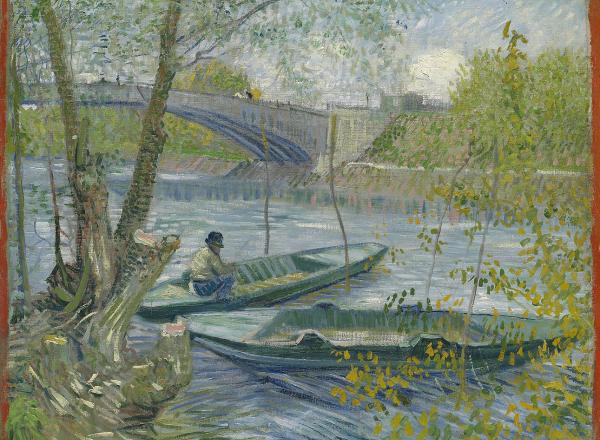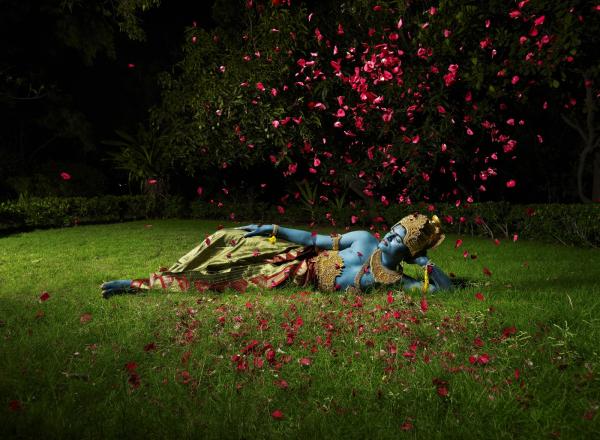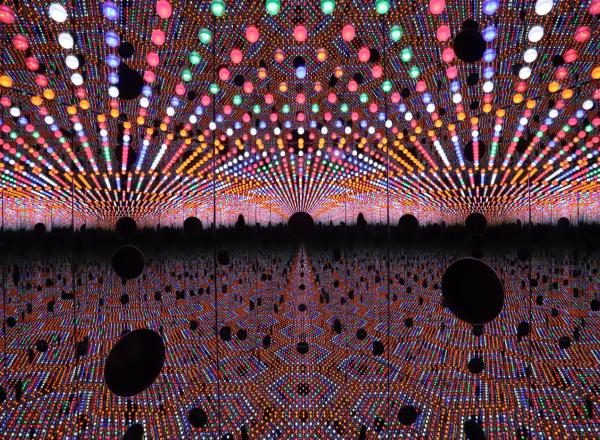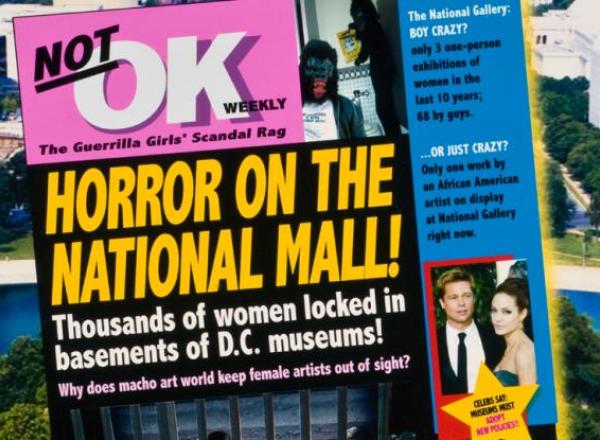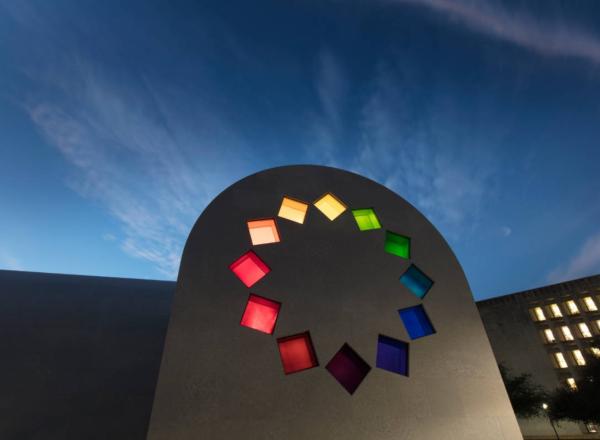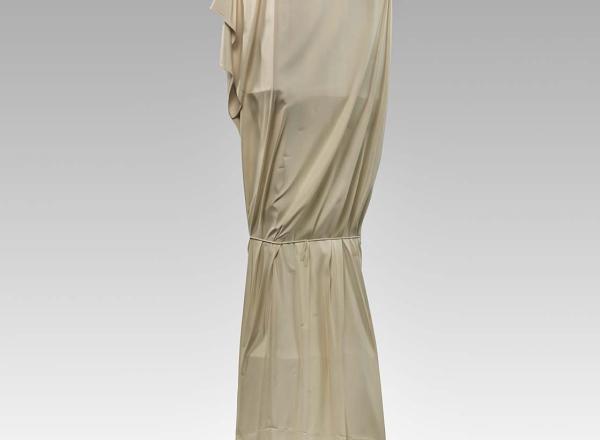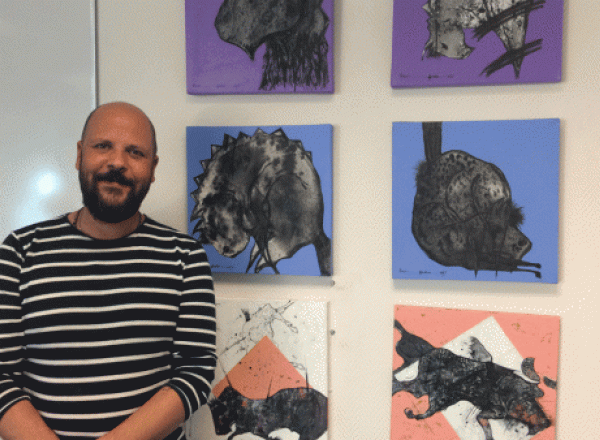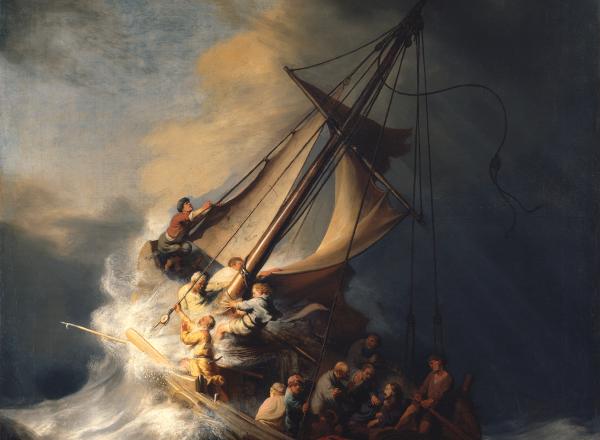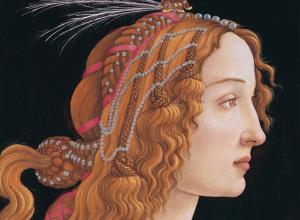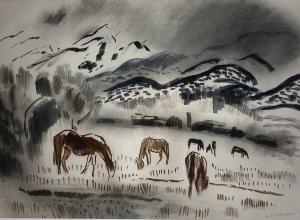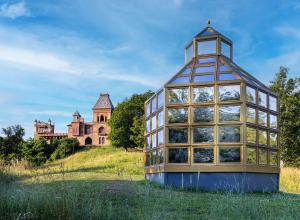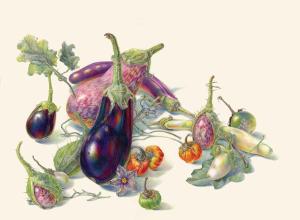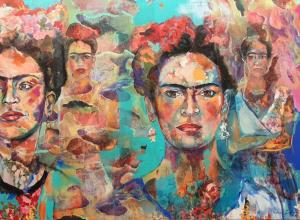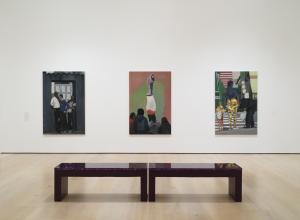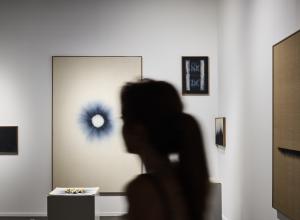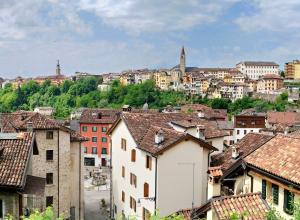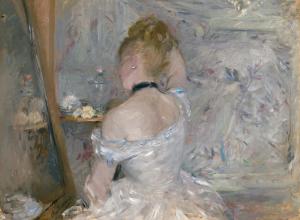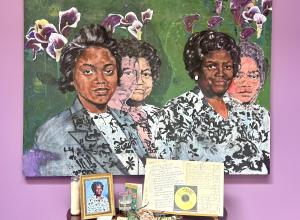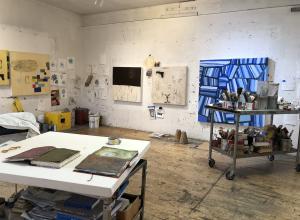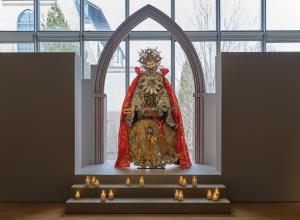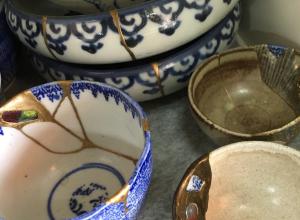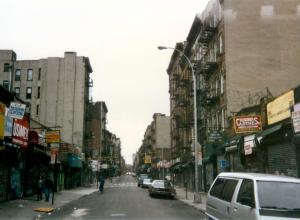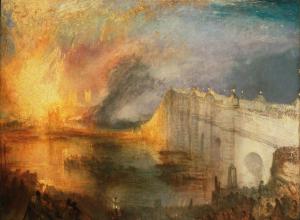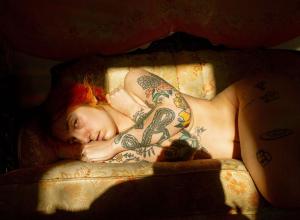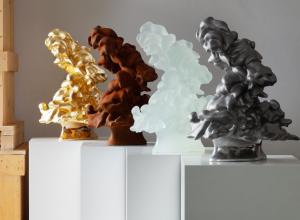In the spirit of the English poet Alexander Pope, art, like hope, springs eternal. And this year the vernal equinox, signaling the onset of spring, our most hopeful season, occurred on March 19th, the earliest in recent memory. While March 2020 also saw the proliferation of that other “v” word necessitating a period of enforced isolation, artists are possibly the best equipped to weather this period given the solitary nature of most creative activity. Many artists have recognized the uplifting power of spring, particularly in times of societal upheaval.
Art News
The FotoFest Biennial, an international platform for photographic and new media art, is known for discovering and presenting hot new talent from around the world. The Biennial is a citywide production, with Houston's leading art museums, art galleries, non-profit art spaces, universities and civic spaces all involved. This year’s festival theme is INDIA, with attendees coming from 34 countries, and artists from India and the global Indian diaspora representing the identities of their homeland.
The North Carolina Museum of Art (NCMA) is the latest institution to acquire one of Yayoi Kusama's hugely popular mirrored infinity rooms. Light of Life, 2018, is a seven feet square hexagonal box with three portholes that allow visitors to peer inside. LED lights in changing colors and flickering patterns put on a two-minute show that is reflected infinitely through the mirrors.
The Museum of Fine Arts Houston installed and unveiled their new gleaming Anish Kapoor sculpture this week. "Cloud Column," conceived in the late 1990s and executed in 2006, is a 21,000-pound stainless steel vertical oblong. Situated in front of the future Glassell School of Art, the piece will be a focal point for the Museum’s newly redeveloped campus, set to open in May.
The installation sparked mockery from the Chicago Tribune. In the coming decades, Houston is predicted to overtake Chicago as the nation's 4th largest city.
March marks the beginning of Women’s History Month, and museums and art institutions across the US are ready to highlight female artists. The National Museum of Women in the Arts (NWMA)—the only major museum in the world solely dedicated to championing great women artists— is launching several initiatives. They’re bringing back their popular hashtag from last year: #5WomenArtists, asking if people can name five women artists, this year with an emphasis on remembering female artists of color.
A new chapel of art opened in Austin, Texas this month. The University of Texas at Austin’s Blanton Museum of Art opened the doors to Austin, the largest and last work by artist Ellsworth Kelly, who died in 2015 at 92. An American painter, sculptor, and printmaker, Kelly is known for his abstract compositions of geometric forms in bright colors and patterns. Often associated with the Color Field movement, his work explores form, color, line, and shape.
Artist and craftsman Wendell Castle has died at the age of 85. Credited with being the father of the art furniture movement, Castle created a new genre, bridging sculpture and furniture seamlessly. His body of work is full of beautifully crafted, playful, organic furniture that remains functional while sparking the imagination.
Europe is in the throes of a massive refugee crisis with millions of asylum-seekers fleeing war-torn lands like Syria, Afghanistan, and Somalia. Among those forced from their homeland include writers, artists, singers, and other creatives who now can find refuge and a place to practice their craft in Paris.
As the end of 2017 nears, so does the expiration date on a $10 million reward offered by the Isabella Stewart Gardner Museum for information leading to the recovery of their famously stolen paintings.
The holiday season gives Historic Home Museums across the country the opportunity to bring in new visitors with the lure of festive decorations, a glimpse into history, and new takes on educational experiences. Compared to the fast-paced rotating exhibition schedule of many art museums, most historic home museums change their displays of art and decorative objects fairly infrequently. The holidays give these institutions the chance to be more festive and celebratory than their white-walled gallery counterparts can be.




